-
抗体試薬
- フローサイトメトリー用試薬
-
ウェスタンブロッティング抗体試薬
- イムノアッセイ試薬
-
シングルセル試薬
- BD® AbSeq Assay | シングルセル試薬
- BD Rhapsody™ Accessory Kits | シングルセル試薬
- BD® Single-Cell Multiplexing Kit | シングルセル試薬
- BD Rhapsody™ Targeted mRNA Kits | シングルセル試薬
- BD Rhapsody™ Whole Transcriptome Analysis (WTA) Amplification Kit | シングルセル試薬
- BD® OMICS-Guard Sample Preservation Buffer
- BD Rhapsody™ ATAC-Seq Assays
- BD Rhapsody™ TCR/BCR Next Multiomic Assays
-
細胞機能評価のための試薬
-
顕微鏡・イメージング用試薬
-
細胞調製・分離試薬
-
- BD® AbSeq Assay | シングルセル試薬
- BD Rhapsody™ Accessory Kits | シングルセル試薬
- BD® Single-Cell Multiplexing Kit | シングルセル試薬
- BD Rhapsody™ Targeted mRNA Kits | シングルセル試薬
- BD Rhapsody™ Whole Transcriptome Analysis (WTA) Amplification Kit | シングルセル試薬
- BD® OMICS-Guard Sample Preservation Buffer
- BD Rhapsody™ ATAC-Seq Assays
- BD Rhapsody™ TCR/BCR Next Multiomic Assays
- Japan (Japanese)
-
Change country/language
Old Browser
Looks like you're visiting us from {countryName}.
Would you like to stay on the current country site or be switched to your country?


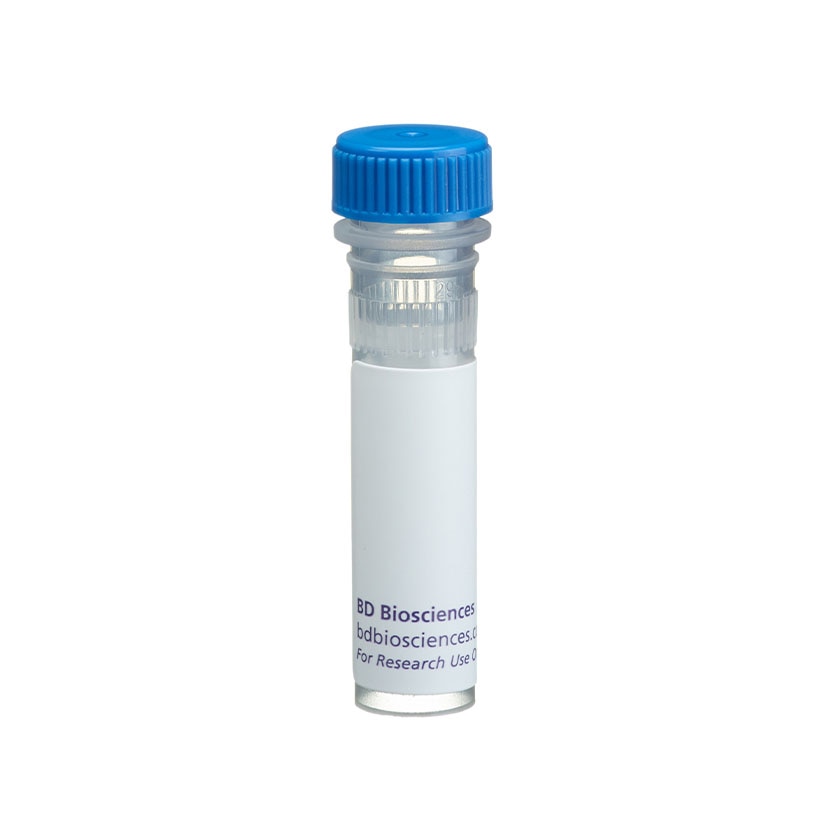

Flow cytometric analysis of CD183 expression on human peripheral blood lymphocytes. Human whole blood was stained with either Purified Mouse Anti-Human CD183 (Cat. No. 557183; solid line histogram) or Purified Mouse IgG1, κ Isotype Control (Cat. No. 555746; dashed line histogram), followed by FITC Goat Anti-Mouse IgG/IgM (Cat. No. 555988). Erythrocytes were lysed with BD Pharm Lyse™ Lysing Buffer (Cat. No. 555899). Fluorescent histograms were derived from gated events with the side and forward light-scattering characteristics of viable lymphocytes.


BD Pharmingen™ Purified Mouse Anti-Human CD183

Regulatory Statusの凡例
Any use of products other than the permitted use without the express written authorization of Becton, Dickinson and Company is strictly prohibited.
Preparation and Storage
Product Notices
- Since applications vary, each investigator should titrate the reagent to obtain optimal results.
- Caution: Sodium azide yields highly toxic hydrazoic acid under acidic conditions. Dilute azide compounds in running water before discarding to avoid accumulation of potentially explosive deposits in plumbing.
- An isotype control should be used at the same concentration as the antibody of interest.
- Sodium azide is a reversible inhibitor of oxidative metabolism; therefore, antibody preparations containing this preservative agent must not be used in cell cultures nor injected into animals. Sodium azide may be removed by washing stained cells or plate-bound antibody or dialyzing soluble antibody in sodium azide-free buffer. Since endotoxin may also affect the results of functional studies, we recommend the NA/LE (No Azide/Low Endotoxin) antibody format, if available, for in vitro and in vivo use.
- Species cross-reactivity detected in product development may not have been confirmed on every format and/or application.
- Please refer to www.bdbiosciences.com/us/s/resources for technical protocols.
関連製品
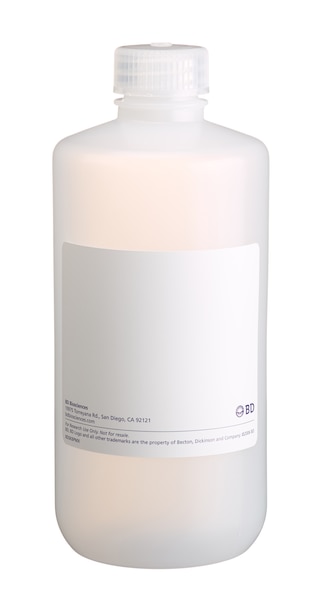
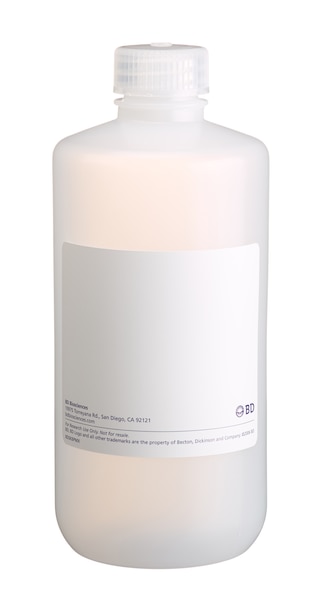
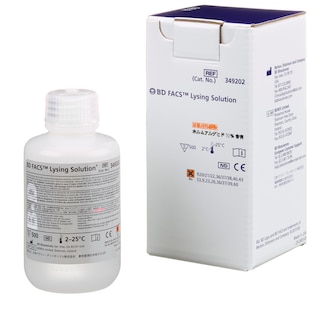
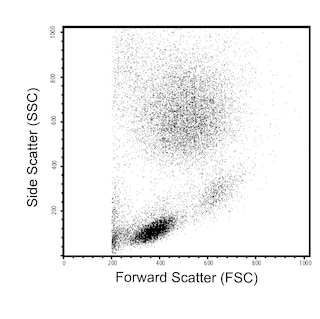
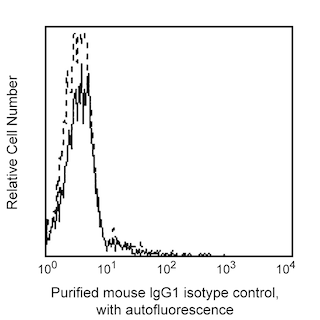
.png?imwidth=320)
The 1C6/CXCR3 monoclonal antibody specifically binds to human CD183, also known as the CXCR3 chemokine receptor. CD183 is a 40-41 kDa seven-transmembrane protein and member of the G protein-coupled receptor family. CD183 is expressed primarily on activated T cells that infiltrate inflammatory sites. It has also been detected on some circulating T cells, B cells, and NK cells. Reports show that some CXCR3-positive T cells also express CCR5 and are mostly CD45RO-positive cells. Three ligands for CXCR3 have been identified. They are CXCL9 (Mig/monokine induced by interferon-γ), CXCL10 (IP-10/interferon-γ inducible 10-kD protein), and CXCL11 (I-TAC/interferon-inducible T-cell alpha chemoattractant). These chemokines are produced by a variety of cells upon stimulation by IFN-γ and interact with CXCR3 to mediate T-cell chemotaxis. This reagent has been reported to be suitable for immunohistochemical staining of acetone-fixed, frozen sections and/or formalin-fixed, paraffin-embedded tissue sections with citrate pretreatment. Clone 1C6/CXCR3 also cross reacts with a subset of peripheral blood lymphocytes of baboon, and both rhesus and cynomolgus macaque monkeys. The distribution of lymphocytes is similar to that observed with CD183-positive peripheral blood lymphocytes from normal human donors. CXCR3 has been clustered as CD183 in the VIIth HLDA workshop.
Development References (3)
-
Loetscher M, Gerber B, Loetscher P, et al. Chemokine receptor specific for IP10 and mig: structure, function, and expression in activated T-lymphocytes. J Exp Med. 1996; 184(3):963-969. (Biology: Immunohistochemistry). View Reference
-
Piali L, Weber C, LaRosa G, et al. The chemokine receptor CXCR3 mediates rapid and shear-resistant adhesion-induction of effector T lymphocytes by the chemokines IP10 and Mig. Eur J Immunol. 1998; 28(3):961-972. (Biology: Immunohistochemistry). View Reference
-
Qin S, Rottman JB, Myers P, et al. The chemokine receptors CXCR3 and CCR5 mark subsets of T cells associated with certain inflammatory reactions. J Clin Invest. 1998; 101(4):746-754. (Clone-specific: Immunohistochemistry). View Reference
Please refer to Support Documents for Quality Certificates
Global - Refer to manufacturer's instructions for use and related User Manuals and Technical data sheets before using this products as described
Comparisons, where applicable, are made against older BD Technology, manual methods or are general performance claims. Comparisons are not made against non-BD technologies, unless otherwise noted.
For Research Use Only. Not for use in diagnostic or therapeutic procedures.
Report a Site Issue
This form is intended to help us improve our website experience. For other support, please visit our Contact Us page.